The National Reading Panel (NRP) identified 5 key pillars of reading. Name the 5 pillars.
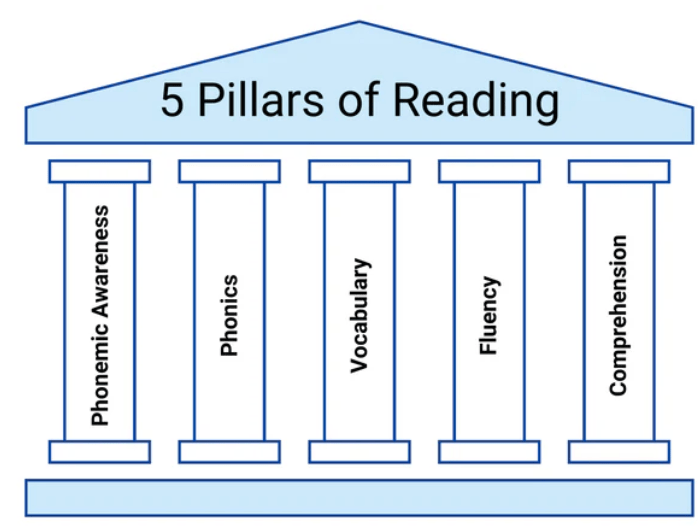
What is reading accuracy?
"Reading words correctly as they appear in the text." p. 185
Yes or no: poor word reading accuracy and/or word recognition can impact how fast a student reads.
Yes.
If a child does not recognize most words quickly and accurately and needs to stop and decode them, this slows down the students' overall pace/rate.
Sometimes, expression is referred to this:
prosody
Do we read all books with the same level of fluency?
Does one assessment of fluency on a particular text give us all the information we need about a reader's fluency?
No- see page 186
We read more complex texts with less fluency due to the cognitive work we must do to figure out unfamiliar words, phrasing, and ideas.
Therefore, choosing 1 text for a student to read to assess their fluency isn't enough to guide our instruction or gain a big picture of their abilities.
(Page 188)
In order to determine if a student's reading mirrors the way they speak, teachers should do THIS frequently:
Listen to students read out loud
When providing fluency interventions, this is the "gold standard"
Repeated readings
True, or false? Silent reading and independent practice is sufficient to improve students' fluency skills.

Can you name 7-8 ways to spell Long A?

a
a-e
ai
ay
ei / e + igh
ea -
ey -
True or false:
Fluency has a strong relationship to comprehension.
True: from page 184 of your textbook
"Readers who have achieved automaticity, immediately and effortlessly recognizing words in print, can allocate their cognitive processes (thinking) to the meaning of what is being read rather than thinking about how to decode the words."
Although we do not know exactly how accurately a reader must read a text to comprehend, the general consensus is comprehension is negatively affected if a child reads with less then ____ accuracy (p. 185)
95%
These two researchers created the Oral Reading Fluency Norms table on page 189.
Hasbrouck & Tindal
Expression refers to these five components:
pitch, tone, volume, emphasis, and rhythm
Which aspect of fluency plays the most important role in kindergarten and first grade? Accuracy, rate, or expression?
Accuracy
This is because accuracy & rate are tied to one another
In order to reach the 50th percentile of Oral Reading Fluency norms, students should begin reading above 100 words correct per minute starting in... 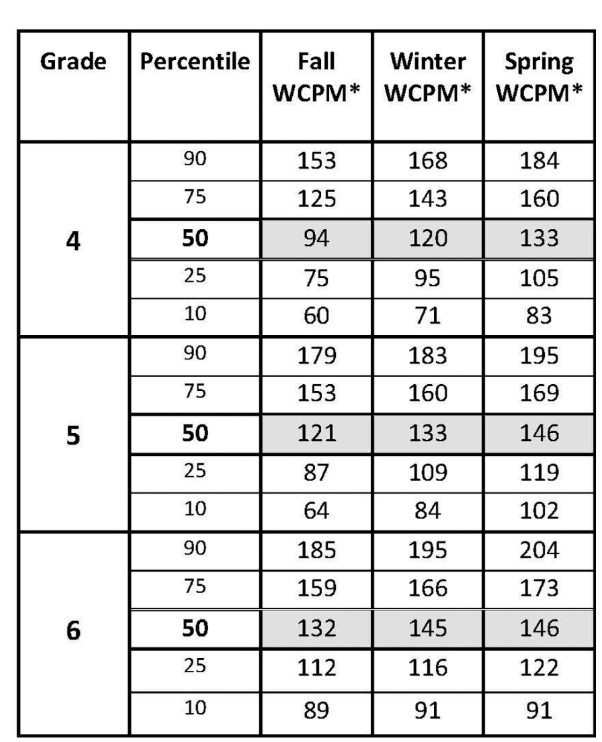
Mid 4th grade
Sustained reading of a variety of texts is called this, and it is helpful for fluency as well
Benchmark assessments are widely used these days, especially in elementary schools, and are often administered 3 times each year to all students in a school. This process is referred to as what kind of screening?
How many words does the average elementary school student know?
About 10,000
Even though there is some disagreement on the components of fluency, what are the 3 components most researchers agree on?
1. accuracy
2. rate
3. expression
WCPM stands for...
Words CORRECT Per Minute
(How many words did a student read correctly within 1 minute)
When assessing oral reading fluency norms and rate, we refer to this mathematical term to determine if a student is above, at, or below grade-level norms.
Percentile
Emerging research findings suggest a link between reading expression and ____.
comprehension
Once a child is in 6th grade, what language comprehension factors of the Reading Rope can influence their fluency?
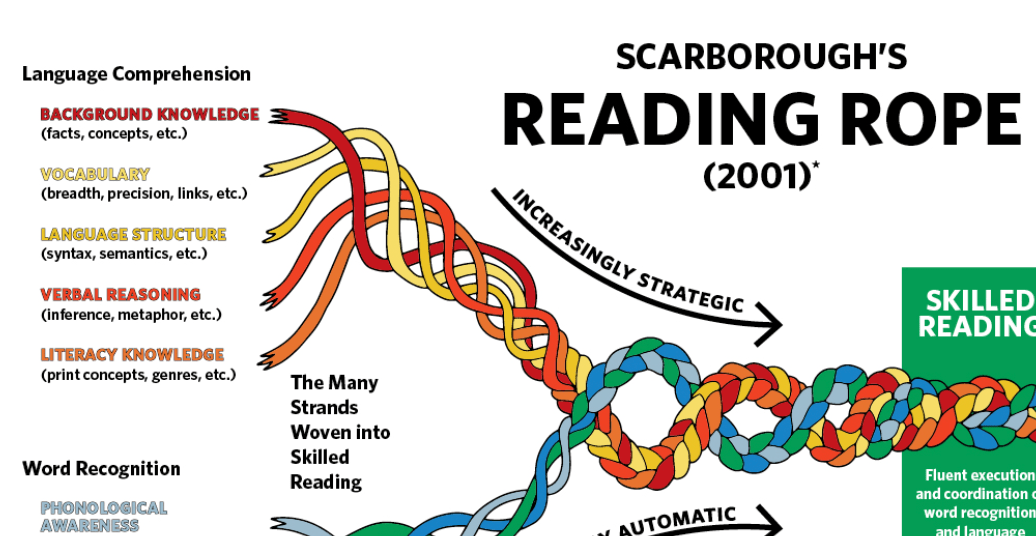
There are currently no objective assessments to score expression. Therefore, teachers should refer to these kinds of measures:
Qualitative rubrics and scales describing how reading expression should sound
When assigning partners for structured partner reading, you should pair these two kinds of students together:
A more fluent student with a less fluent student
What is one strategy that can improve a student's oral reading fluency?
Repeated and monitored reading with feedback
Describe the three different levels of text difficulty
Independent (student has higher than 95% accuracy, makes very few mistakes and has good comprehension), instructional (should be read with peers or teacher, decent comprehension, 90-94% accuracy), frustration (less than90% accuracy, poor comprehension, many errors)
This Biblical effect is represented in this graphic: 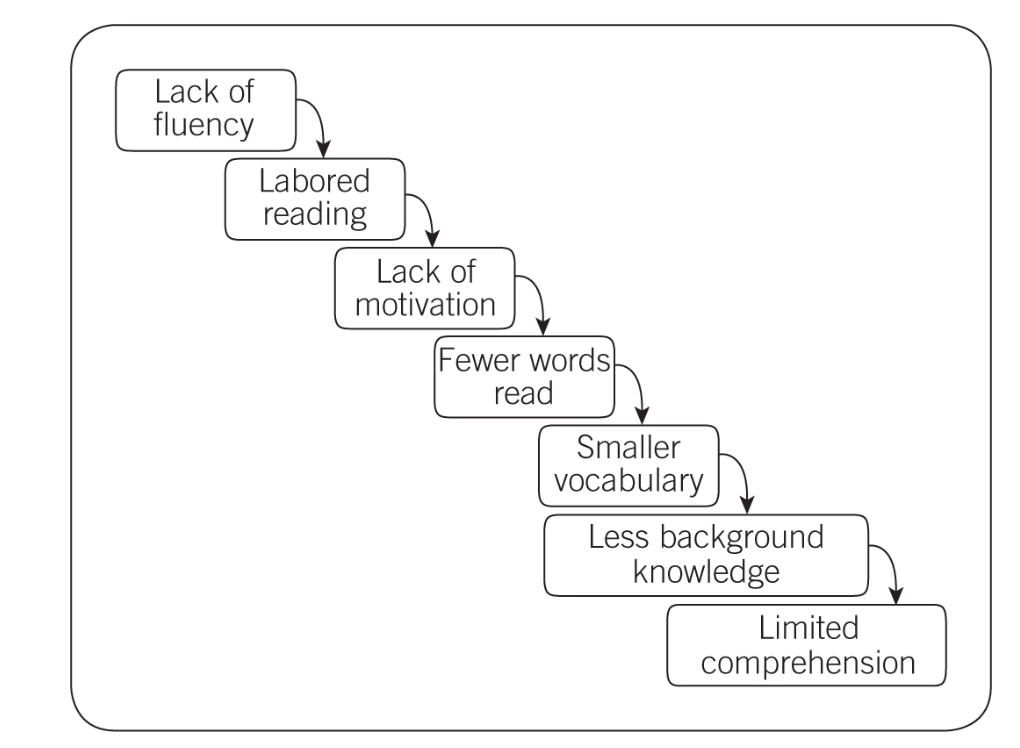
The Matthew Effect: "The rich get richer, and the poor get poorer."
True or false: On standardized Oral Reading Fluency screenings (like DIBELS) accuracy is included.
True
Rate refers to the ____ at which a student reads a text (p. 185)
speed
Listen to this student read. What aspects of expression does she need to grow?
Emphasis and stress- when we do not emphasize or stress certain words, speech sounds "like a robot"
Rhythm and phrasing- grouping words in meaningful phrases or chunks
Pausing at punctuation
Adapting expression based on punctuation
If a student is on-grade level, you should screen their ORF this frequently:______
If a student is receiving additional support in this area, you should screen them this frequently:_____
3 times per year (beg, mid, end)
Weekly or bi-weekly
Curriculum Based Measures (or CBMS) of Oral Reading Fluency (ORF) help you screen your class for: (see page 189)
predicting the RISK of reading difficulties
1. Students at or above an ORF norm are generally unlikely at risk (but you must measure other factors, like comprehension)
2. Students slightly below the norm are possibly at risk
3. Students well below the norm are very likely at risk
Instead of round robin reading, teachers should try these two methods:
Choral reading (all students read along with you)
Maze reading (you read aloud while students track the reading silently, when the teacher pauses, all students fill in the word)
The word correct per minute gains per week for those in Grade 2 is?
?
What is the key difference between the types of passages students read for benchmark screenings versus for progress monitoring?
passages read for benchmark screenings are always at students' current grade level, whereas passages used for progress monitoring are either at or one level above the students' current instructional level
Is low fluency and low reading motivation linked?
Yes.
Low reading fluency indicates a reading difficulty. Students are less likely to enjoy tasks they continually struggle in and feel little success.
Improving fluency can improve reading interest and motivation.
Phonics / decoding survey
If a student reads too fast, this might affect their ___.
Comprehension and/or expression
Reading too fast may indicate a student thinks the purpose of reading is to read words quickly; reading too fast doesn't give students enough time to THINK about what they are reading or to self-monitor their accuracy, expression, and/or understanding.
When a student does use expression in their reading, you should praise them with specific feedback to:
Reinforce this skill and habit.
Ex:
"You made your voice go down and pause a the period, well done!"
"You made the character sounds like as if they were talking in real life."
"You added feeling to your voice to show the character was feeling __. This makes your reading more interesting."
"You read these words together in phrases which made it sound more like talking."
These two common but misguided activities of classroom reading are unlikely to have a positive influence on fluency (p.195)
Round robin reading (each kid takes a turn to read part of a book out loud)
Sustained silent reading
How is an Oral Reading Fluency benchmark/or screener like the following:
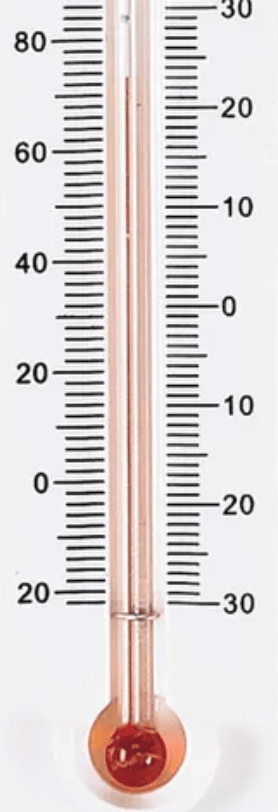
See page 190
- Help determine an overall student's "health/wellness" of reading ability
- Like a high temperature indicates illness but not the CAUSE of illness, an ORF measure indicates the overall wellness of reading processes, but not the CAUSES of those factors for individual students
This resource out of the sunshine state has many student-center activities for fluency development
Florida Reading Research Center (FRRC)
https://fcrr.org/student-center-activities/second-and-third-grade#sca8
Name a difference between a Curriculum Based Measure (CBM) and Benchmark Assessments.
...
True or false, the fluency expectations for students in 1st grade are identical to students in 5th grade
True. According to the Common Core State Standards, the fluency expectations for students in Grades 1-5 are identical (pg 187). Students in these grades are expected to:
- Read with sufficient accuracy and fluency to support comprehension
- Read grade-level text with purpose and understanding
- Read grade-level text orally with accuracy, appropriate rate, and expression
- Use context to confirm or self-correct word recognition and understanding, rereading as necessary
Although the expectations are the same, the sophistication and grade level of the text change from grade to grade.